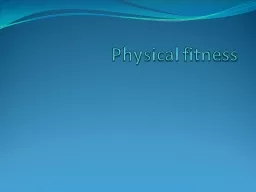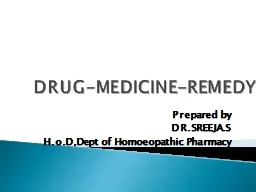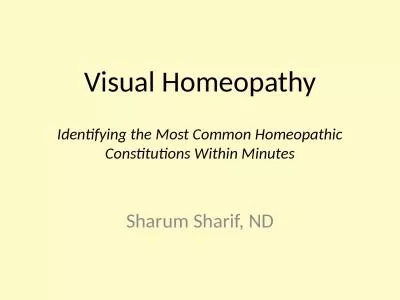PPT-Physical activity: an old-fashioned remedy for the health challenges of the 21
Author : nephewhers | Published Date : 2020-06-30
st Century John Saxton Professor of Clinical Exercise Physiology University of East Anglia The World Health Organisation predicts that chronic conditions will be
Presentation Embed Code
Download Presentation
Download Presentation The PPT/PDF document "Physical activity: an old-fashioned reme..." is the property of its rightful owner. Permission is granted to download and print the materials on this website for personal, non-commercial use only, and to display it on your personal computer provided you do not modify the materials and that you retain all copyright notices contained in the materials. By downloading content from our website, you accept the terms of this agreement.
Physical activity: an old-fashioned remedy for the health challenges of the 21: Transcript
Download Rules Of Document
"Physical activity: an old-fashioned remedy for the health challenges of the 21"The content belongs to its owner. You may download and print it for personal use, without modification, and keep all copyright notices. By downloading, you agree to these terms.
Related Documents

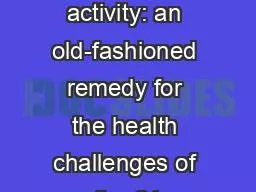

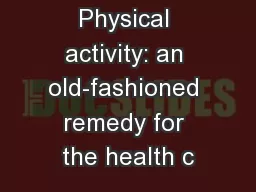

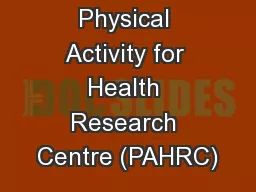
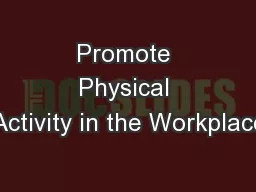



![[READ] - Nourishing Broth: An Old-Fashioned Remedy for the Modern World](https://thumbs.docslides.com/890350/read-nourishing-broth-an-old-fashioned-remedy-for-the-modern-world.jpg)

